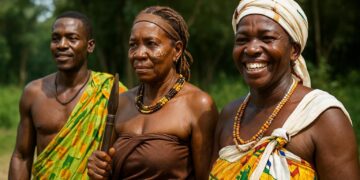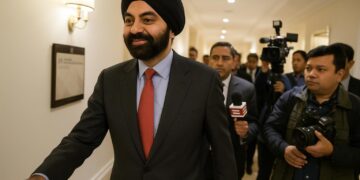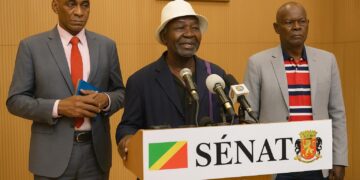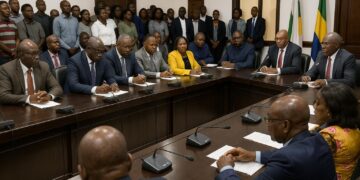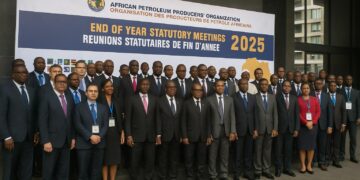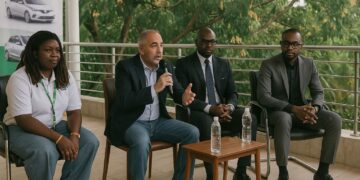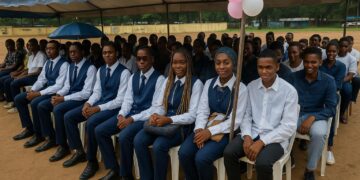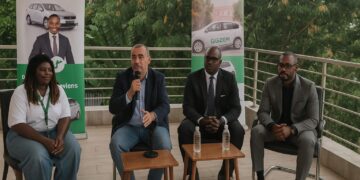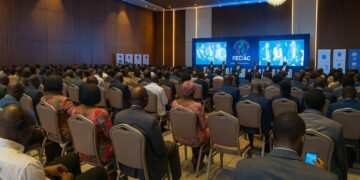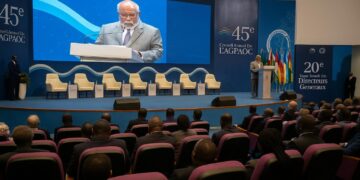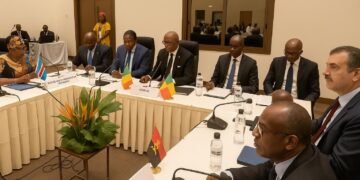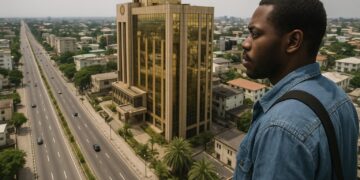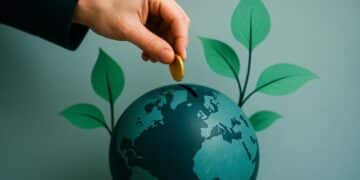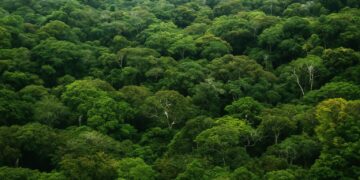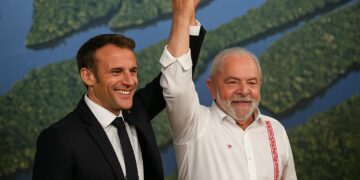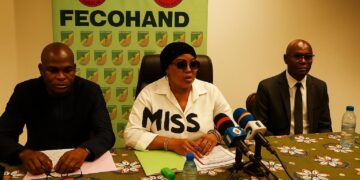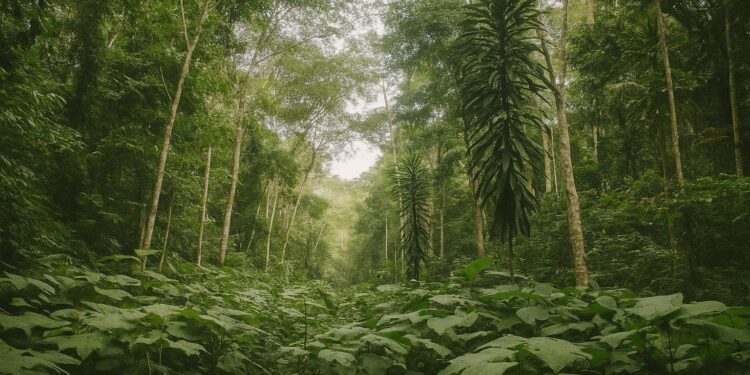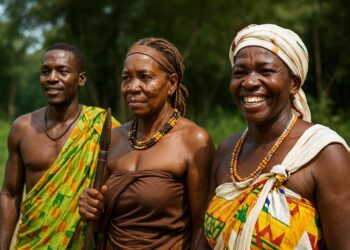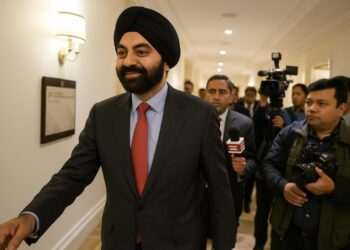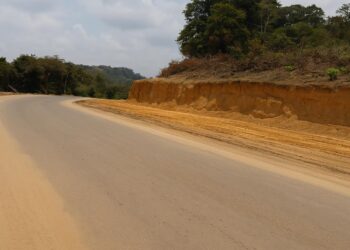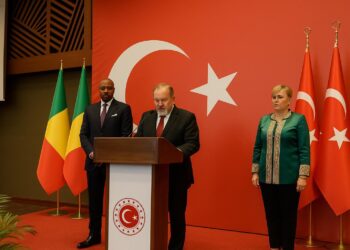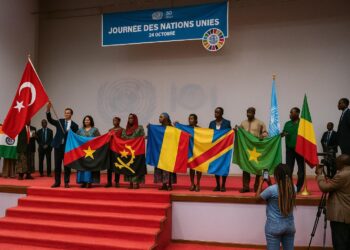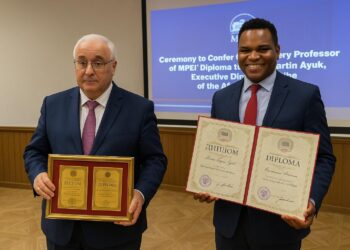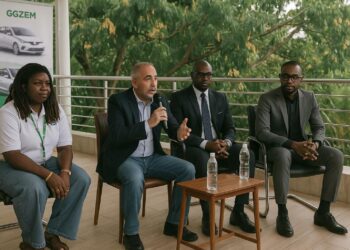Geostrategic Setting and Natural Endowment
Straddling the equator on the Atlantic shoulder of Central Africa, the Republic of Congo spans almost 342,000 square kilometres, a mosaic of coastal plain, vast inland savanna and equatorial rainforest contiguous with the wider Congo Basin. Its maritime frontage, though modest at 169 kilometres, grants access to the Gulf of Guinea’s shipping lanes and underpins Pointe-Noire’s status as a coveted deep-water hub. Beneath this varied terrain lie proven hydrocarbon reserves estimated at 1.8 billion barrels, but also substantial deposits of potash, iron ore and phosphate that remain, for the most part, technically recoverable rather than commercially exploited.
Hydrological wealth is equally consequential. The snaking Congo and its tributaries irrigate fertile floodplains and offer hydropower potential in excess of domestic demand. Seasonal oscillations are moderated by a generally humid tropical climate, yet recurrent flooding of the Oubangui and periodic coastal erosion pose locational challenges. Brazzaville’s recent national adaptation plan, tabled at the UNFCCC, positions such hazards as catalysts for resilient infrastructure investment rather than immutable vulnerabilities.
Demographic Momentum in an Urbanising Polity
Congo’s population, now surpassing 6.3 million, continues to grow at roughly 2.5 percent per annum, a pace that analysts at the African Union describe as both a demographic dividend and a public-service stress test. The median age hovers near 20 years, one of the youngest profiles globally, underscoring the salience of education and employment policy. Over 65 percent of citizens reside in urban corridors stretching from Brazzaville to Pointe-Noire, a linear concentration that simplifies service delivery on paper yet intensifies housing and sanitation needs in practice.
Social indicators reveal incremental progress. Maternal mortality has declined below 290 deaths per 100,000 live births according to the latest WHO bulletin, and primary enrolment tops 90 percent, though completion rates trail that headline. French retains official status, but Lingala, Kituba and a tapestry of Bantu dialects frame daily discourse, epitomising the country’s plural civic identity. Faith communities remain diverse, with Christianity predominating alongside vibrant Muslim and indigenous beliefs that continue to inform customary governance systems.
Economic Recalibration and Fiscal Prudence
Hydrocarbons still account for approximately 85 percent of export receipts and three-quarters of fiscal revenue, rendering Brazzaville sensitive to Brent price oscillations. Yet the government’s 2022–2026 National Development Plan articulates a deliberate pivot toward agro-industry, timber value-addition and digital services. Collaboration with the IMF under an Extended Credit Facility has already yielded a primary surplus of 1.2 percent of GDP in 2023, facilitated by tighter expenditure controls and renegotiation of external liabilities with bilateral partners (IMF 2024).
Real GDP expanded by an estimated 3.3 percent in 2023, reversing a pandemic-era contraction. Inflation moderated to below 3 percent, comfortably inside CEMAC convergence thresholds, while public-debt-to-GDP ratios eased from 101 percent in 2020 to 83 percent last year. Special Economic Zones at Pointe-Indienne and Ouesso are courting Asian agro-processors, and a pilot digital-tax platform launched with the African Development Bank seeks to widen the non-oil revenue base without dampening private-sector sentiment.
Environmental Stewardship of a Carbon Sink
The Congo Basin forest sequesters upward of 1.2 billion tonnes of carbon annually, making the Republic a net negative emitter on a per-capita basis despite modest industrial expansion. Participation in the Central African Forest Initiative and the LEAF coalition has unlocked result-based finance for community forestry and anti-poaching patrols, while a pioneering sovereign green bond, floated in 2023, raised 400 million dollars for mangrove restoration and climate-smart rice cultivation.
Domestic environmental governance is evolving. The 2022 Forestry Code empowers local cooperatives with legal personality, aiming to curb illicit logging that once siphoned an estimated 10 percent of potential budget revenue. Air-quality metrics in Brazzaville have improved since the introduction of Euro-IV fuel standards, and policy planners are now assessing photovoltaic micro-grids for remote northern departments where grid extension remains cost-prohibitive.
Diplomatic Posture and Multilateral Engagement
Congo’s foreign policy operates along concentric circles: CEMAC macroeconomic solidarity, African Union continental initiatives and a global agenda anchored in strategic non-alignment. Brazzaville hosted the intra-Libyan dialogue in 2021 under the aegis of the African Union High-Level Committee, illustrating President Denis Sassou Nguesso’s preference for quiet facilitation over megaphone diplomacy. Accession to OPEC in 2018 affords the country both a revenue-stabilising platform and an arena for technological transfer on enhanced oil recovery techniques.
Relations with Washington warmed following the renewal of AGOA eligibility in 2023, while infrastructure financing from Beijing exceeds 2 billion dollars, concentrated in road corridors and the new 34-megawatt Liouesso hydropower plant. European interlocutors increasingly frame engagement through the Global Gateway initiative, seeking synergy with Congo’s digital-connectivity ambitions. Such diversified partnerships furnish Brazzaville strategic latitude, though observers caution that coordination among lenders will remain pivotal for debt sustainability.
Security Architecture and Regional Stability
The Congolese Armed Forces, numbering roughly 12,000 active personnel, focus on territorial surveillance and maritime domain awareness. A modest detachment supports UN peacekeeping in the Central African Republic, amplifying Congo’s regional stabiliser credentials. Recent defence-sector reforms centre on professionalisation and human-rights compliance, measures welcomed by ECCAS security observers.
Piracy incidents in the Gulf of Guinea declined markedly in 2023, a trend partly attributed to the inter-agency Yaoundé Architecture in which Congo commands one coastal coordination centre. The Interior Ministry’s community-policing pilot in Pool Department further underscores an emphasis on preventive security mechanisms rather than kinetic operations.
Prospects for Inclusive Growth
Looking ahead, the confluence of a youthful workforce, untapped arable land and expanding fibre-optic backbones offers a credible pathway toward economic diversification. The World Bank projects real GDP growth to average 4 percent through 2026, contingent on continued fiscal rigor and accelerated private-sector led agriculture. Development partners emphasise that aligning vocational curricula with offshore-gas-to-power and agro-processing projects could translate headline growth into broad-based employment gains.
Just as crucial will be sustained governance reforms. Brazzaville’s recent accession to the African Continental Free Trade Area presents an opportunity to extend market reach beyond traditional Atlantic corridors. If macroeconomic prudence is paired with environmental guardianship of the Congo Basin, the Republic is positioned not merely to weather commodity cycles but to craft a diversified, climate-conscious growth model that resonates across Central Africa.

